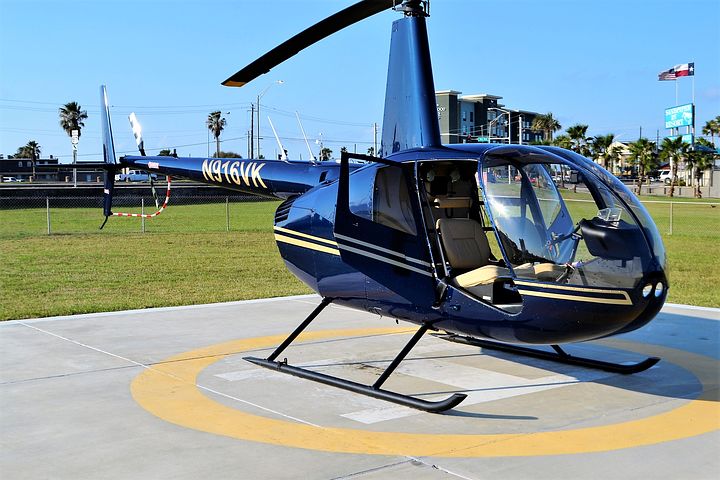What makes sense for individuals who are looking at helicopter pilot training programs?
Approaching these providers with ambitious goals is the first step, but there are a number of challenges and features that have to be taken into account before those end goals are reached.
Here are 6 ways to manage these courses.

1) Be Prepared for the Work
Emerging helicopter pilots can only manage these course options if they are dedicated to the craft and are willing to do the work. This will obviously apply in the seat during flight sessions and when the theoretical assessments have to be completed. There will be certain programs that are quicker than others depending on the format and licence application, yet it is clear that a level of diligence and effort has to be present in order to make serious progress, something that should be prepared for in advance.
2) Review Commercial vs. Private Course Options
The decision to explore helicopter pilot training licences will lead to two distinct avenues for members. The first will be through a commercial licence that carries strict stipulations and longer course profiles. The second will be offered via private licence initiatives. There is a healthy degree of overlap in terms of the way that individuals are assessed, but there are more hours and levels of content to reach the status of a commercial pilot. By reviewing these details in more depth, it will be possible to see which direction is ideal for community members.
3) Experience the Journey as a Passenger
Individuals who have ambitions to fly these magnificent helicopters may be unaccustomed to actually flying in one to begin with. How do they fix this issue? Simple – take part as a passenger. There are plenty of flights around city centres and regional regions of the country. Take note first hand how these professionals oversee their task, receiving pointers along the way and seeing if it is an exercise worth exploring for personal or professional purposes.
4) Talk to Professionals & Peers
Those participants who are fortunate enough to engage with flying sessions as a passenger will have the opportunity to talk to professionals in real time. What would they advise when it comes to helicopter pilot training courses? What was their experience? Do they have contacts or networks which could prove beneficial? Irrespective if individuals are looking at commercial or private programs, talks with peers will be invaluable when it comes to managing this objective.
5) Examine Course Requirements & Feedback
Taking a course of this profile will necessitate hard work, something we have established, but the parameters around how they operate are not always identical. Where is the program based? How many flying hours is necessary? How much of the theory is provided through classes or online content? What is the time frame and what costs are included? By surveying these facts in more depth and seeing what online feedback is provided, it will be easier to make an informed call.
6) Practice Makes Perfect
By stepping back and assessing the program in more detail, aspiring pilots have to be ready to practice the discipline. This commonly points towards the mastering of the cyclic control in the main chair, a subtle manoeuvre that is assessed in detail. While it may look simple from the outside, it will be the dozens and dozens of hours of practice at home to control this domain where participants build their confidence and skill set through helicopter pilot training initiatives.
